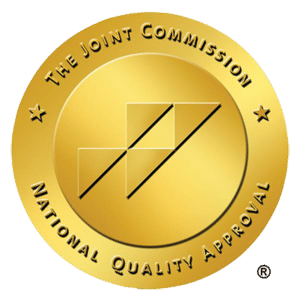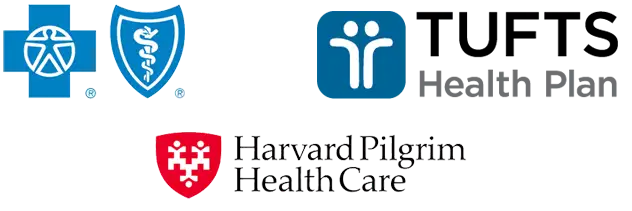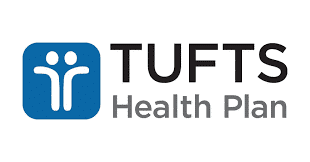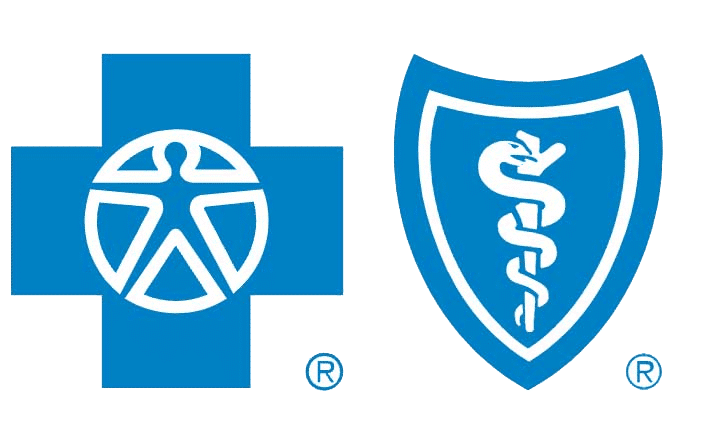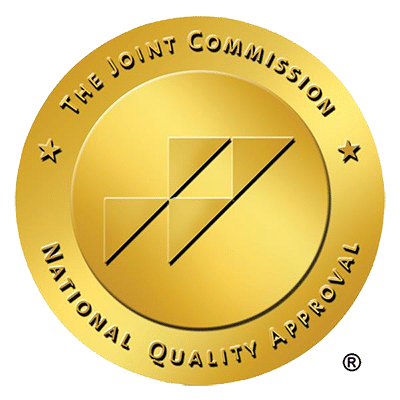One of the most concerning types of drug addiction is prescription drugs. Unlike “street” drugs, prescription medications can often be found in the home, making them more accessible and tempting. Oxycodone (Oxy) is one of the leading prescription drug addictions in the United States thanks to its immediate release, intense high, and easy access. According to the National Drug Intelligence Center, almost one million Americans aged 12 and older reported using OxyContin nonmedically at least once. The dangers of using this prescription recreationally cannot be understated, as anyone working in a rehabilitation facility can attest to seeing the addiction this drug can bring about.
What Is Oxycodone?
Oxycodone is a potent opioid prescription drug for treating moderate to severe pain. It’s sold under several brand names, including Roxicodone and OxyContin. One of the main benefits of Oxycodone is that it’s formulated for immediate release, which means it provides fast relief from pain. Often, individuals are prescribed Oxycodone when recovering from surgery or dealing with painful health conditions like cancer.
However, the drug is also highly addictive, and it is common for individuals to develop an addiction if they use it for too long, recreationally, or in excessive amounts.
The class of drug Oxycodone belongs to is called opiate (narcotic) analgesics. Synthetic opioids are chemically made to interact with opioid receptors on the nerve cells in the nervous system and brain to diminish pain and produce pleasurable feelings.
When Was Oxycodone Created?
The massive spread of Oxycodone addiction makes many people think this drug hasn’t been around for long. In reality, that’s not entirely true. Oxycodone was first made in Germany in 1916 from thebaine.
However, when Purdue Pharma introduced OxyContin in 1996, things began to take a turn. Purdue heavily marketed the drug and promised physicians that it was not habit-forming. As a result, many doctors started prescribing this opioid pill to treat all sorts of pain, with the impression that individuals could easily stop use when needed.
In May 2007, Purdue Pharma pled guilty in a lawsuit for misleading the American public about the addictive properties of OxyContin and playing a role in the US opioid epidemic.
How Addictive Is Oxycodone?
Unfortunately, even as the public has grown more aware of the addictive properties of opioids such as Oxy, this drug’s misuse rates are not improving. Here are some quick facts about addiction to prescription drugs, including Oxycodone:
- In 2015, an estimated 20.5 million Americans 12 or older had a substance use disorder, and almost 10% of those people had a substance use disorder involving prescription pain relievers.
- In 2012, 259 million opioid pill prescriptions were written, which is more than one bottle for every American adult.
- More than 80% of heroin users say they started with a painkiller addiction. Many of these individuals said they eventually moved on to heroin because it was cheaper and easier to find.
- Women are at a higher risk of having a chronic pain condition and, as a result, are at a slightly higher risk than men for being prescribed opioids and developing an addiction.
- In 2020, nearly 75% of all drug overdose deaths involved some form of opioid.
The opioid epidemic has had three waves: 1999, 2010, and 2013. However, the problem is still prevalent today. From 2019 to 2020, opioid-involved death rates increased by 38%.
The Risks of Oxycodone Misuse
Oxycodone is an incredibly addictive substance. The highly potent drug works well to relieve pain and leave a person feeling great. Additionally, the drug has an “immediate release” effect, meaning you don’t have to wait long to start feeling the impact. Many people who misuse the drug also crush and snort the pills for a faster, more intense high.
Unfortunately, Oxycodone poses a considerable threat because there’s a trifecta of factors that all contribute to it being incredibly habit-forming:
- It’s fast-acting
- It’s readily available from doctors, friends and on the black market
- It’s potent
If you develop an addiction to Oxycodone, you put yourself at risk for many other things, including:
- Poor performance at work or school
- Having issues with the relationships in your life (friends, family, partner, etc.)
- Turning to illegal activities to acquire more drugs
- Trying out new, more dangerous drugs, such as heroin
- Developing health conditions
- Overdose and death
Signs of Oxy Use
If you suspect someone you know of abusing Oxy, watch out for these common signs:
- Seeming to take more and more Oxycodone
- Appearing to continue to take Oxycodone even after their prescription should be over or after they’ve healed
- Hallucinations
- Mood swings
- Worsening hygiene
- Problems at work and school
- Ignoring old friends and developing new sketchy friend groups
- Lying, secrets, and stealing
- Sudden problems with the law
- Having multiple pill bottles, often from different doctors
- Isolation
- Sudden lack of interest in hobbies
An oxycodone addiction can come on slowly for some and quicker for others. Some people don’t even realize they’re developing an addiction because they convince themselves they’re still in pain and need the medication. However, if a person needs to constantly take higher doses and more frequently than initially prescribed, it’s a warning sign that the body has become dependent on the drug. This dependency will only worsen with time. You’ll constantly feel like you need more and more to feel the same high until you’re taking dangerous amounts.
Additionally, know that individuals with pre-existing mental health addictions are at a higher risk of developing a substance abuse addiction. This is known as co-occurring disorders and is very common for people with:
- Anxiety disorders
- Bipolar disorder
- Depressive disorders
- Schizophrenia
- Personality disorders
If you are ever prescribed Oxycodone, only use it as prescribed. Try your best to stop using the medication as soon as possible. Know that this medication is highly habit-forming; the longer you use it, the higher your risk of developing an addiction.
Don’t Wait to Get Help. Contact the Treatment Specialist at Topsail Addiction Today
If you or someone you know is abusing Oxycodone, call the addiction specialists at Topsail Addiction Treatment Center. Topsail Addiction Treatment is an outpatient addiction recovery center in the Boston area focused on helping patients on the road to recovery.
Oxycodone addiction comes with many risks, but the good news is that the condition is highly treatable. Professional help is the best way to ensure a full and speedy recovery from addiction.
Let the compassionate, experienced staff at Topsail Addiction walk you through our various treatment programs.
